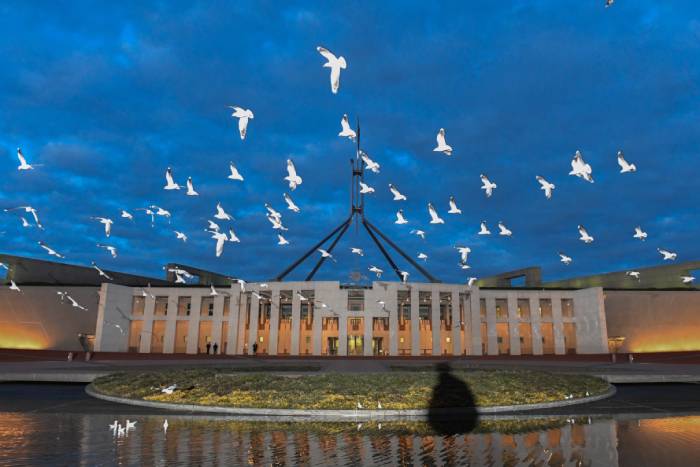A big jump in apartment approvals has pushed home-building figures to a two-year high but experts say the increase is not enough to keep up with a housing shortage.
A 4.2 per cent jump in housing approvals for October 2024 was mainly on the back of a 22.4 per cent rise in higher-density approvals, such as apartments.
But approvals for standalone houses dropped five per cent, the Australian Bureau of Statistics showed.
Master Builders Australia says the increases are a step in the right direction, but warned it falls short of the pace needed to meet the National Housing Accord’s target of 1.2 million new homes by July 2029.
Some 169,400 new homes were approved in the past 12 months and if that rate remained the same, about 847,000 new homes would be built in the next five years, creating a shortfall of 353,000.
Rising rents, which were up 6.7 per cent in the year to October 2024, were due to a prolonged under supply of apartments, Master Builders chief economist Shane Garrett said.
Chief executive Denita Wawn called for stronger policy action and a “whole-of-government approach”, while highlighting the recent passage of crucial Help to Buy and Build to Rent legislation as positive steps.
Latest data suggests nearly two years of national home price growth might stall, as declines in Sydney and Melbourne offset gains in mid-sized capital and regional areas.
CoreLogic reported a 0.1 per cent rise in November, with home owners enjoying 40 per cent growth since March 2020, with 2025 shaping as a buyers’ market.

CoreLogic Asia-Pacific executive research director Tim Lawless expects the housing downturn to continue until interest rates drop, forecast for mid-2025 after steady inflation in October.
“A couple of rate cuts might be enough to shore up a declining trend in home values, but it is hard to see any material upward pressure returning until interest rates reduce more substantially,” Mr Lawless said.
Selling conditions deteriorated through the traditionally busy spring season with more supply and less buying.
Fewer than three in five auctions across capital cities resulted in a sale and private treaty sales are taking longer.
Purchasing fell sharpest in Sydney, where values dropped 0.2 per cent in November and 0.5 per cent over the quarter – half Melbourne’s rate of decline.
Small gains in Canberra and Darwin could not erase their quarterly losses.

Pacesetters Perth and Adelaide are also slowing, with quarterly rises of three per cent and 2.8 per cent – the weakest in 18 months.
In regional areas, WA and Queensland mining hubs such as Mackay, Geraldton and Townsville led growth, with values of more than 6.6 per cent.
National rents are weakening because of slower population growth, reduced migration and a gradual rebound in household size.
Rents rose 0.2 per cent in November to be up 5.3 per cent over the past year.
While twice that of the 2010s average, the annual rise is nearly half those in the previous two years with the rental boom likely over, according to CoreLogic.



















